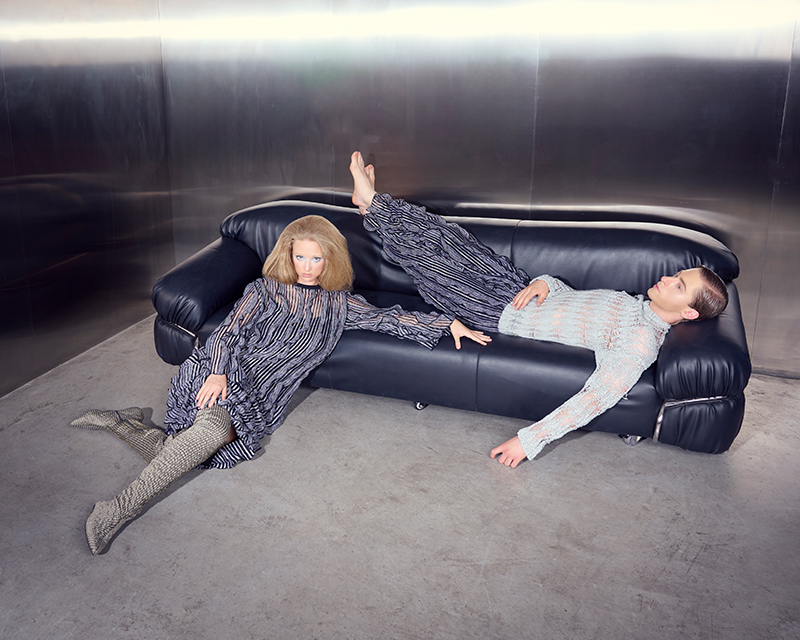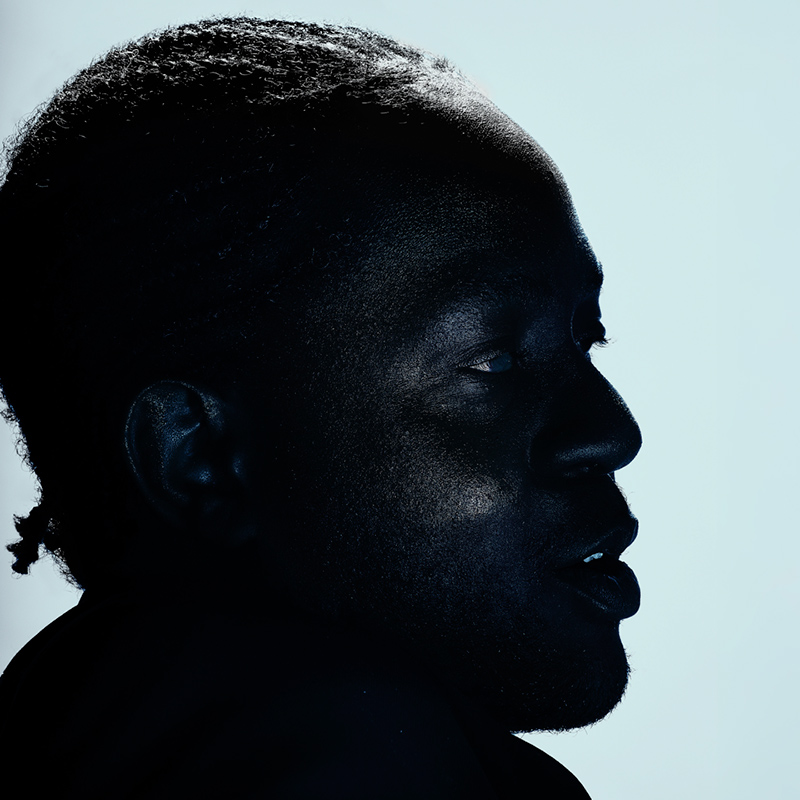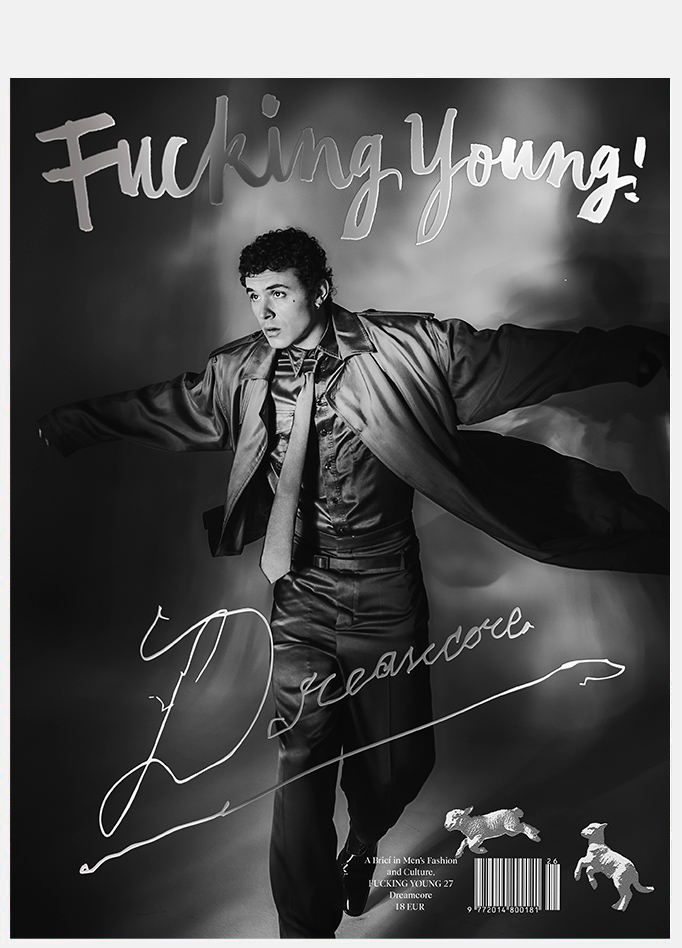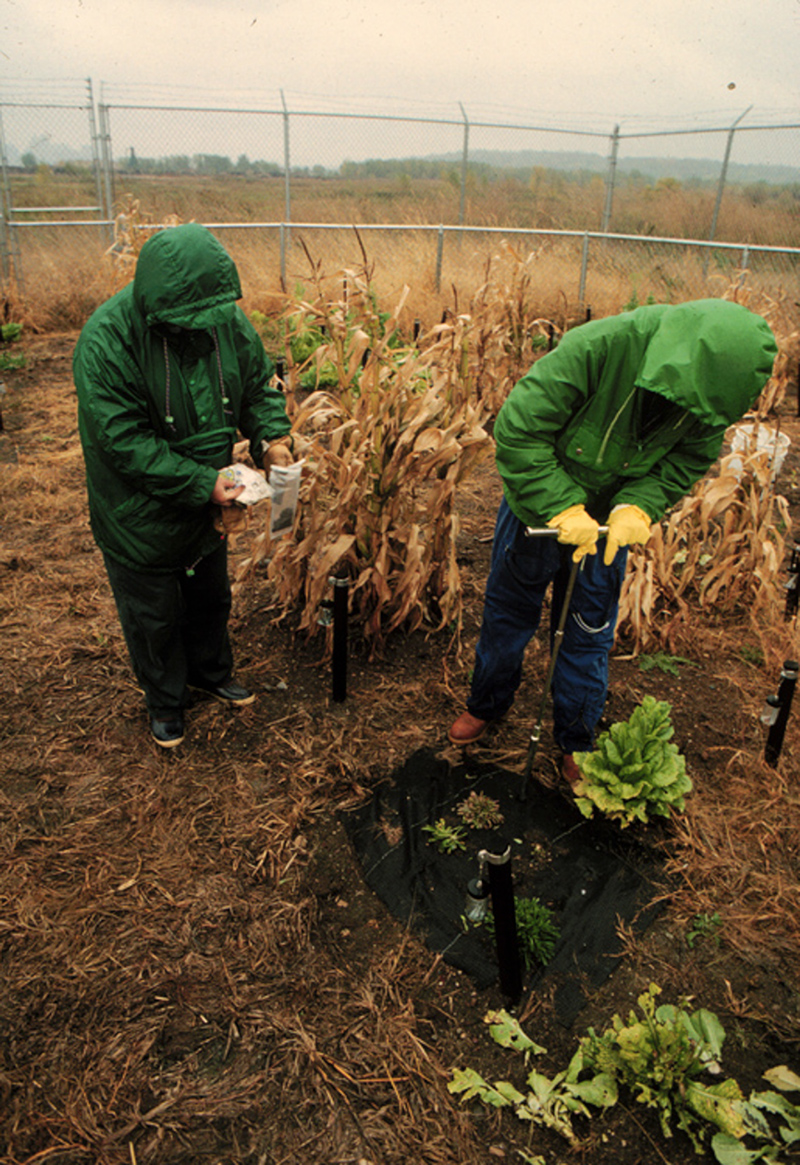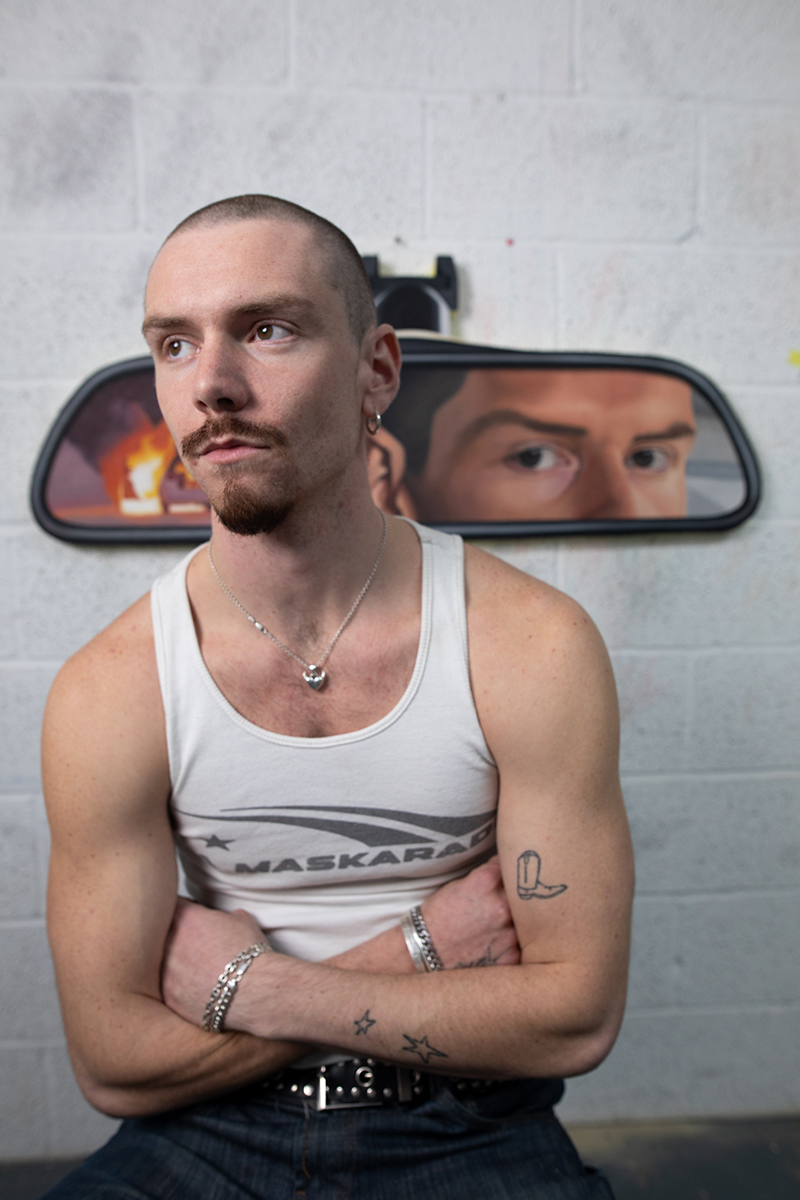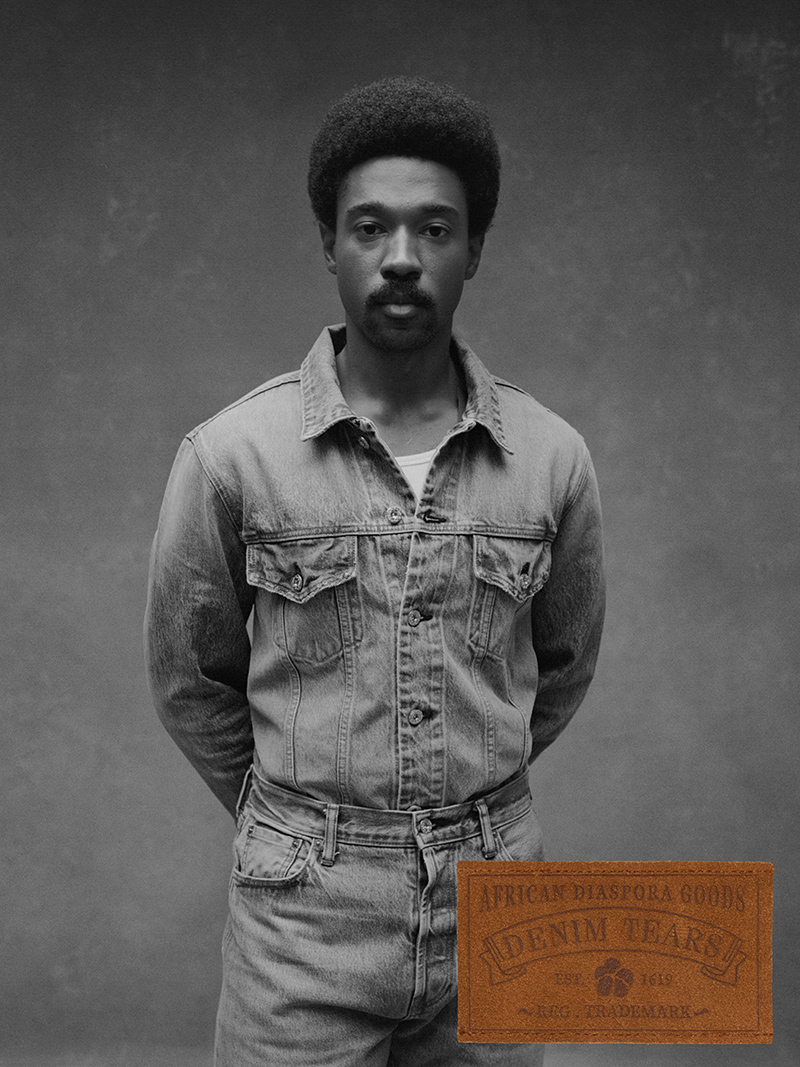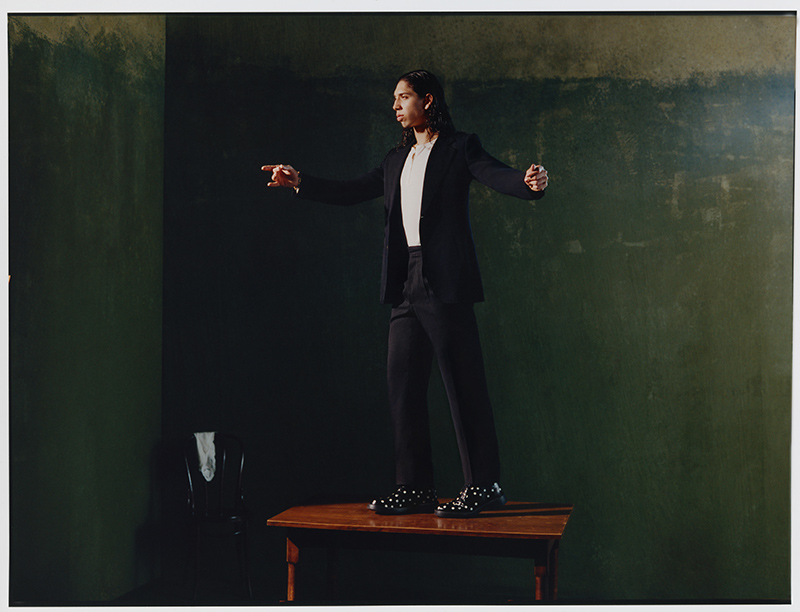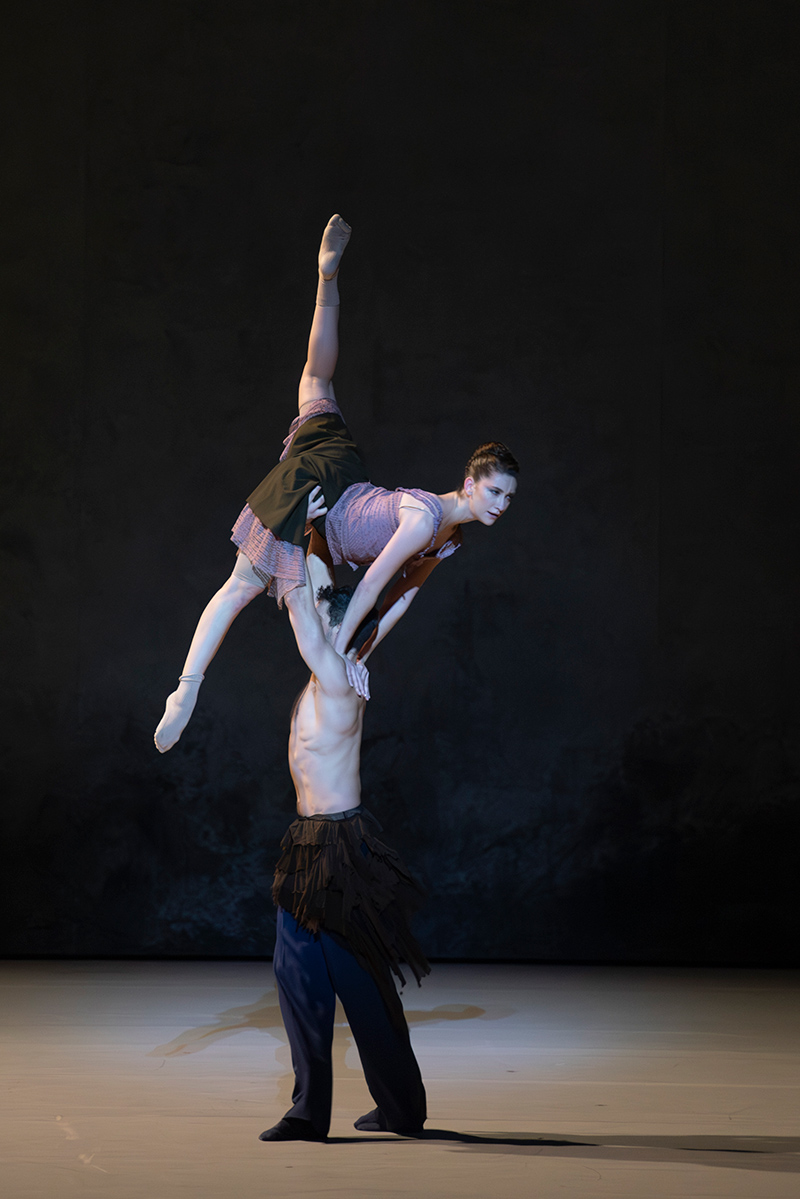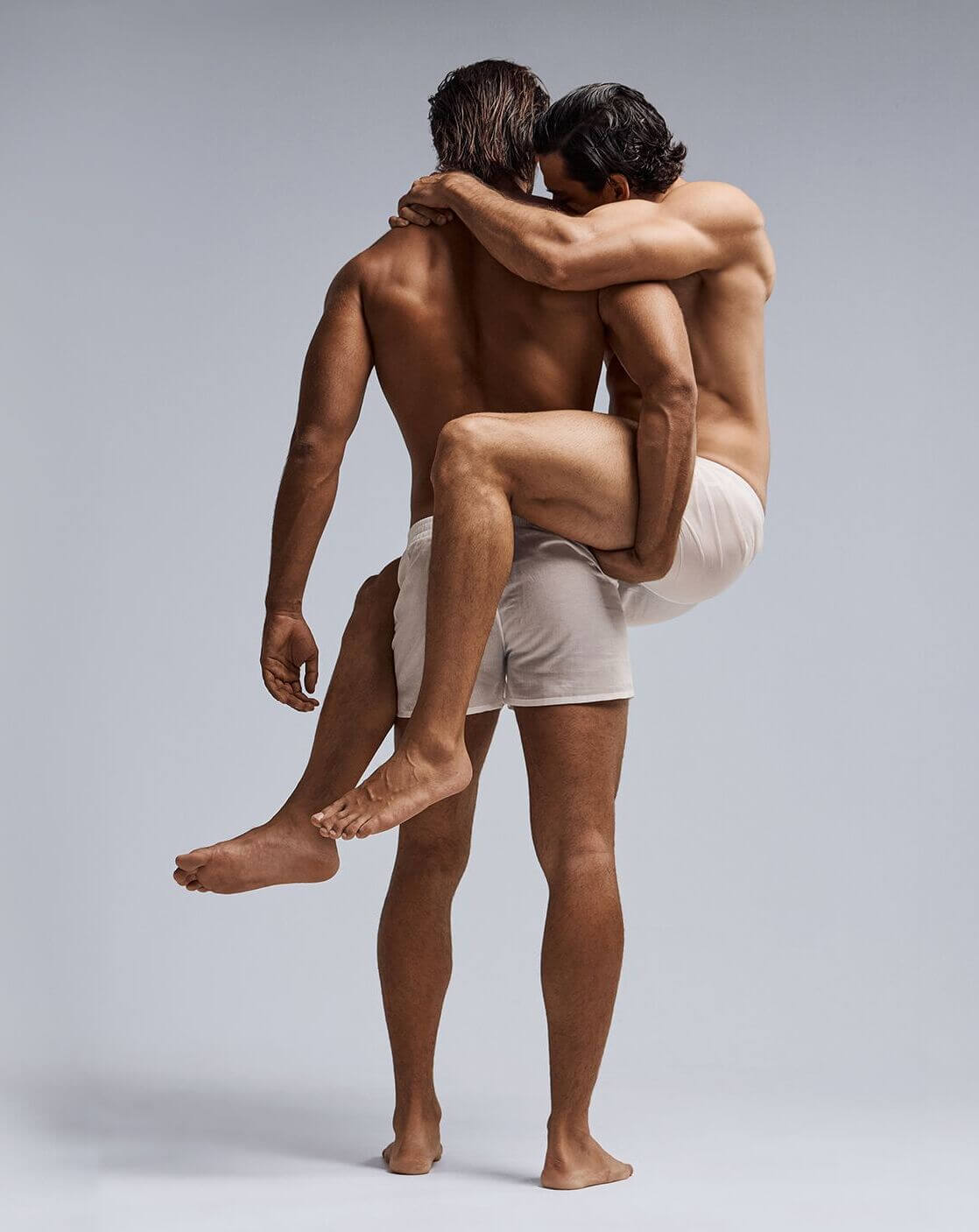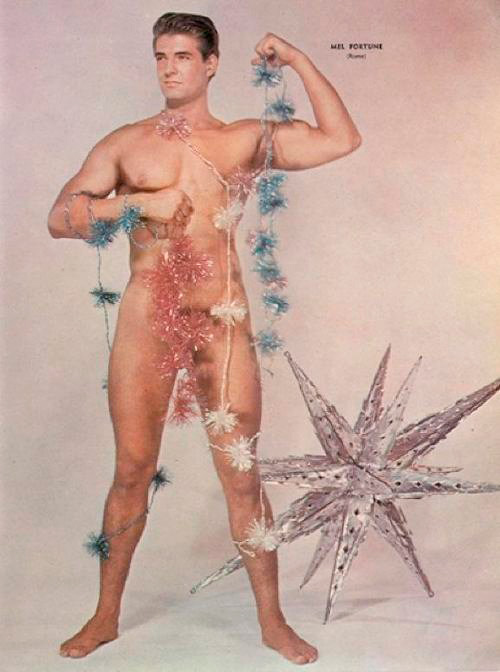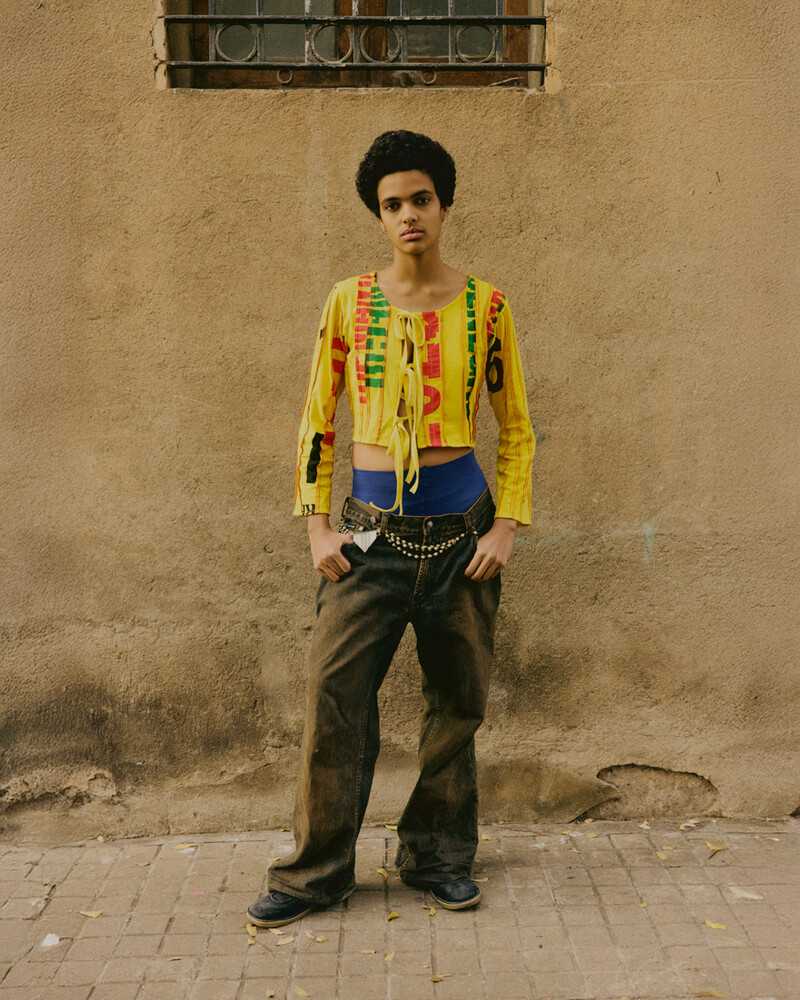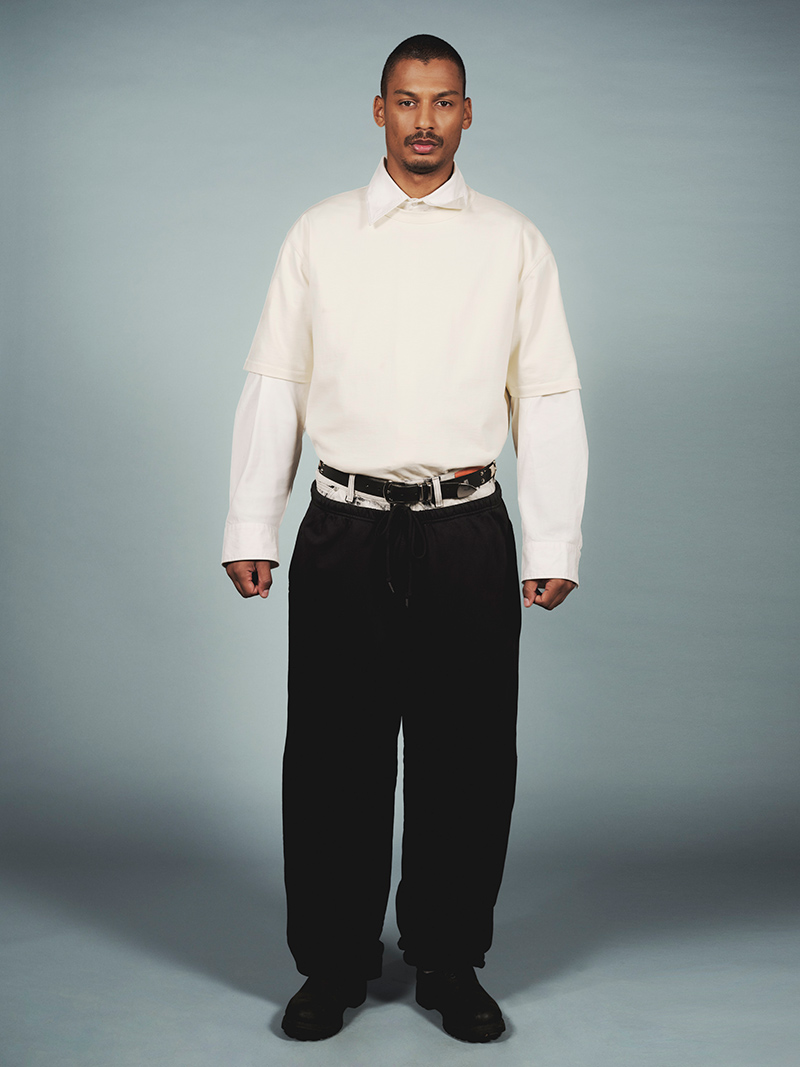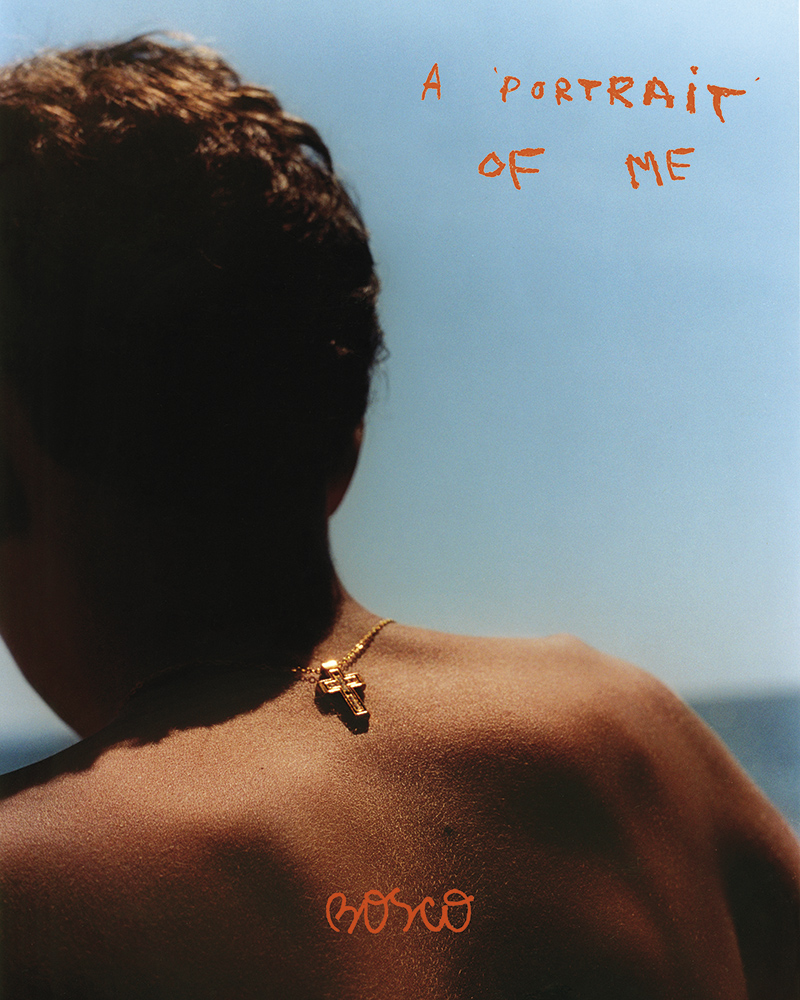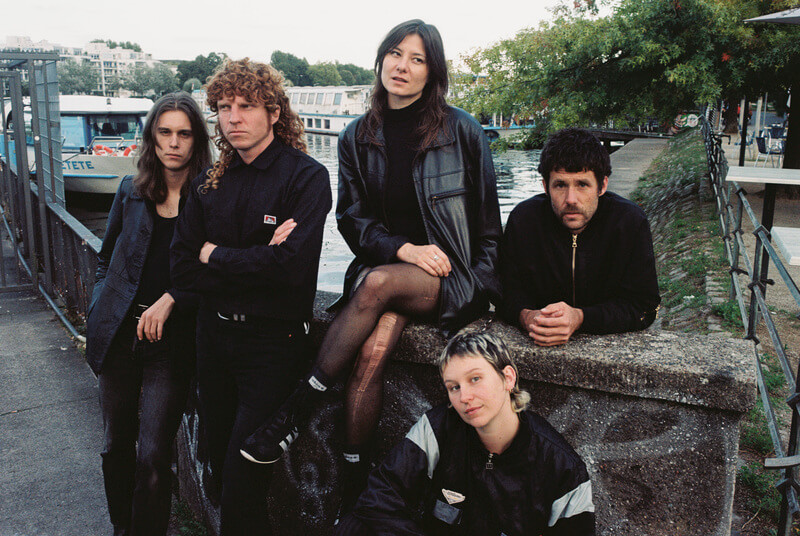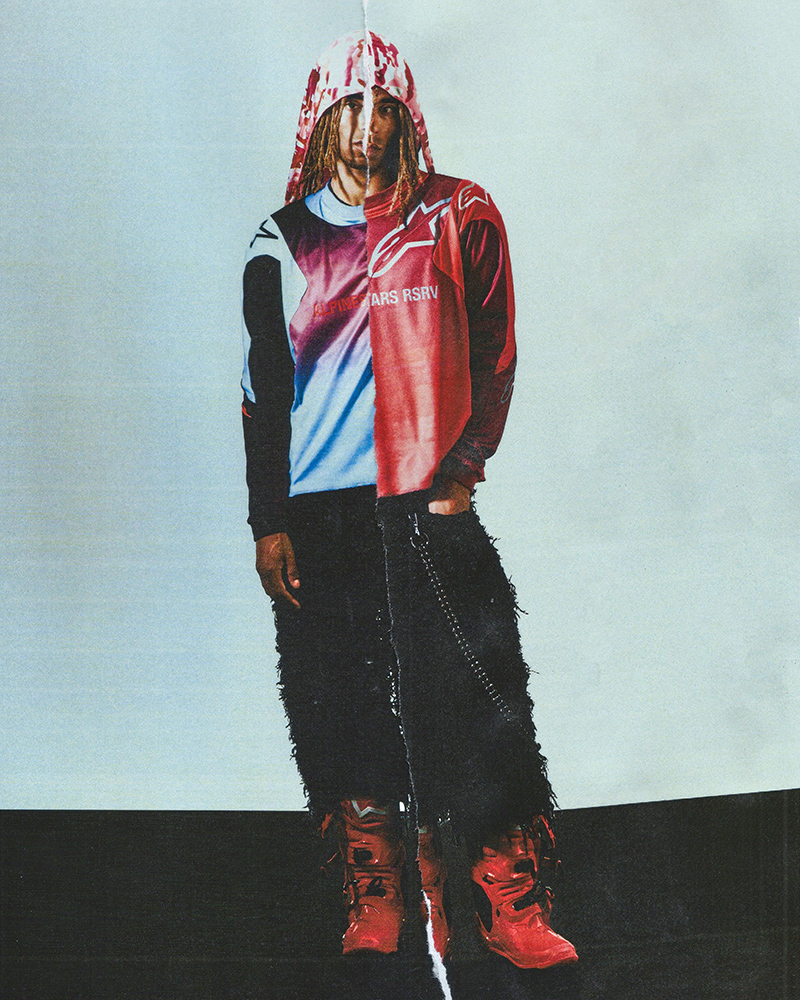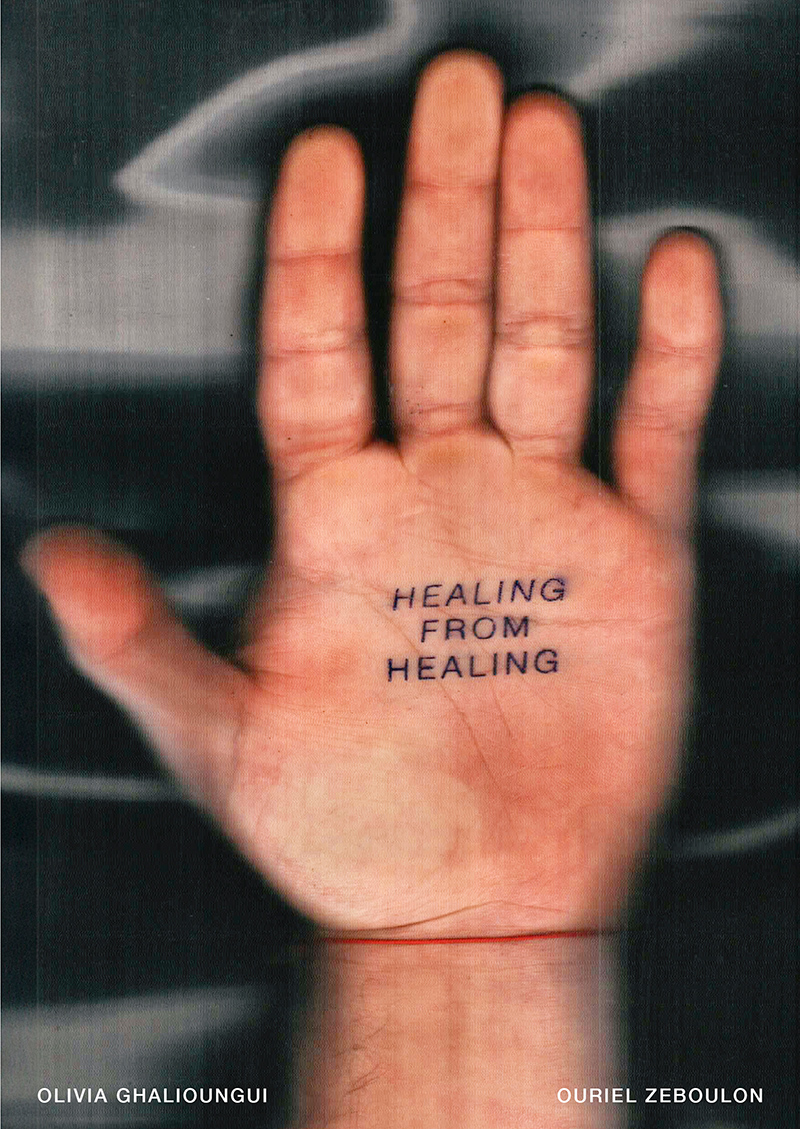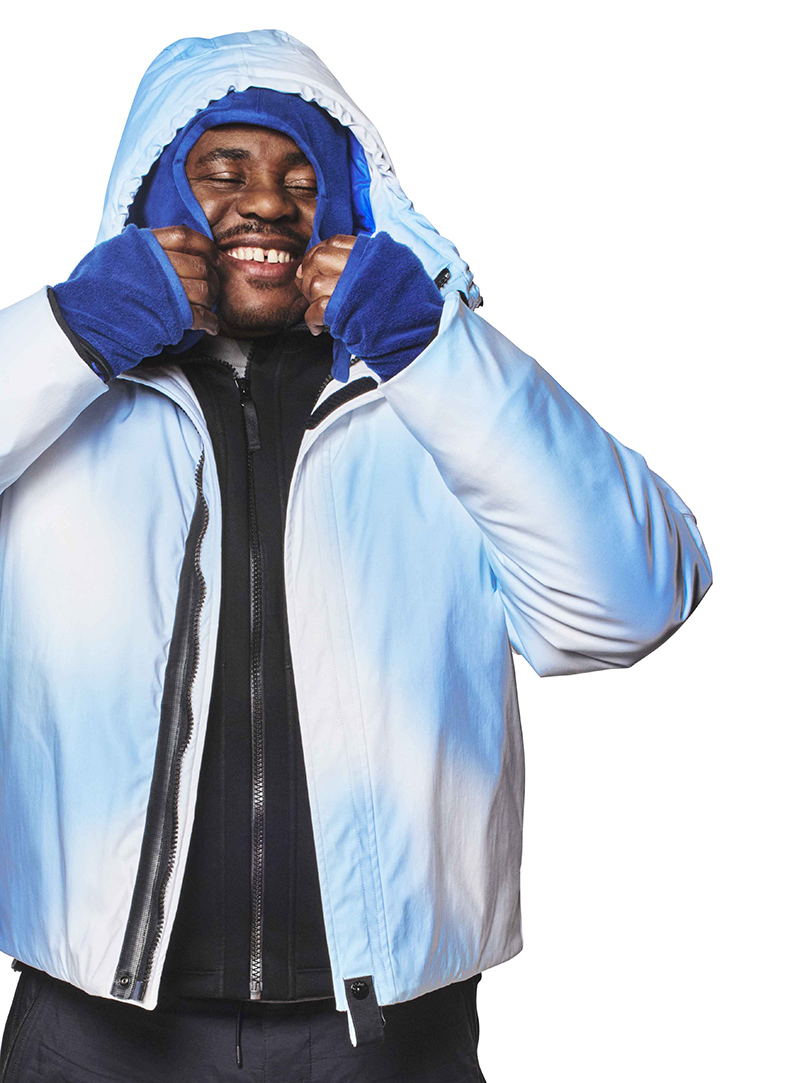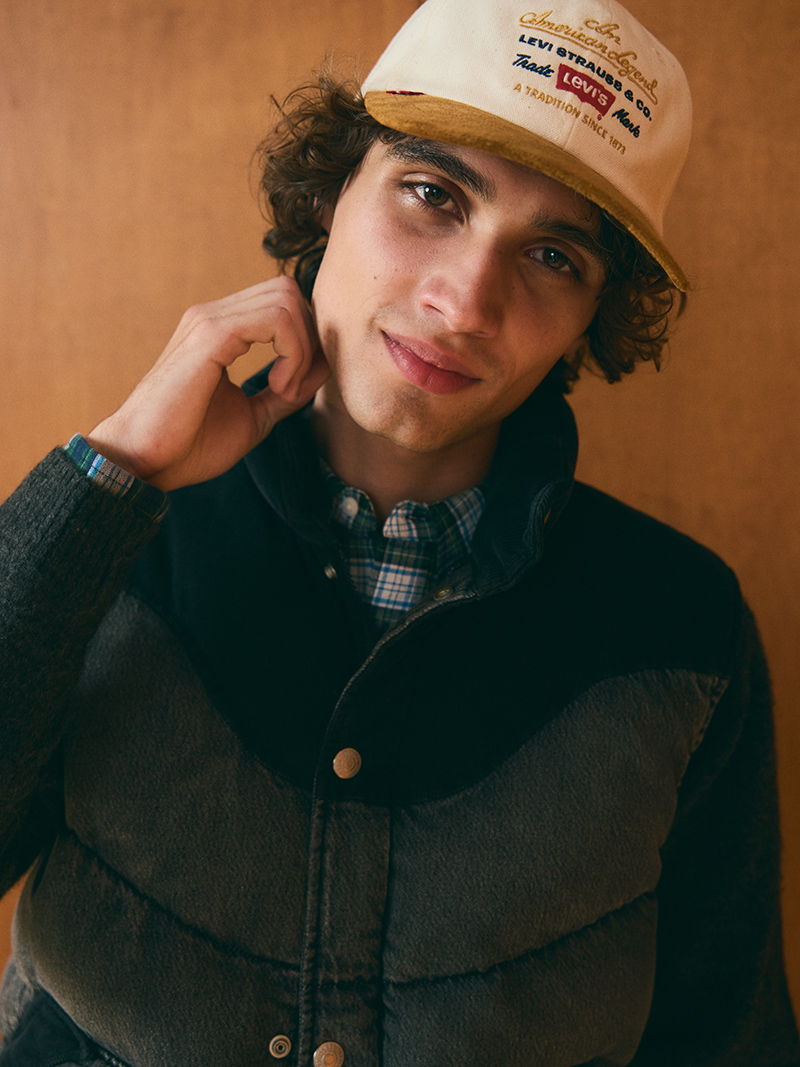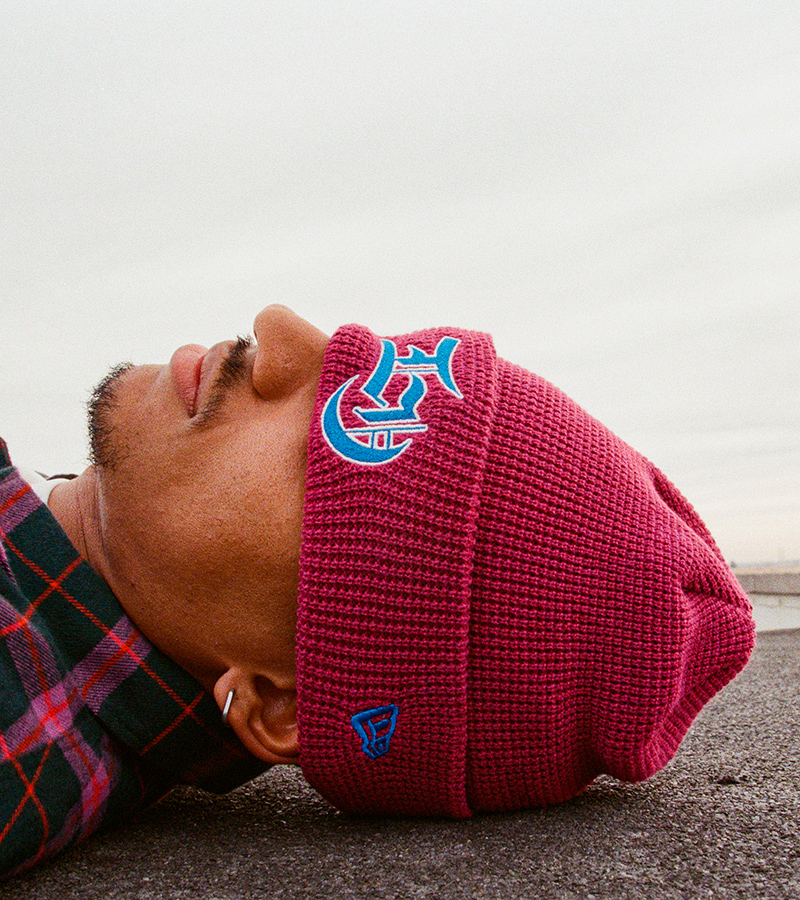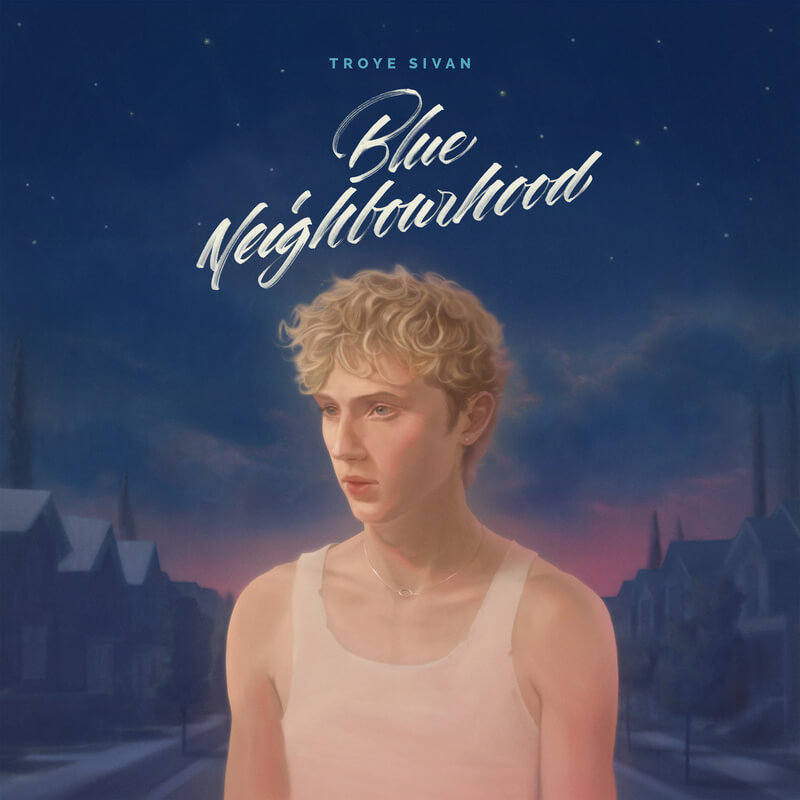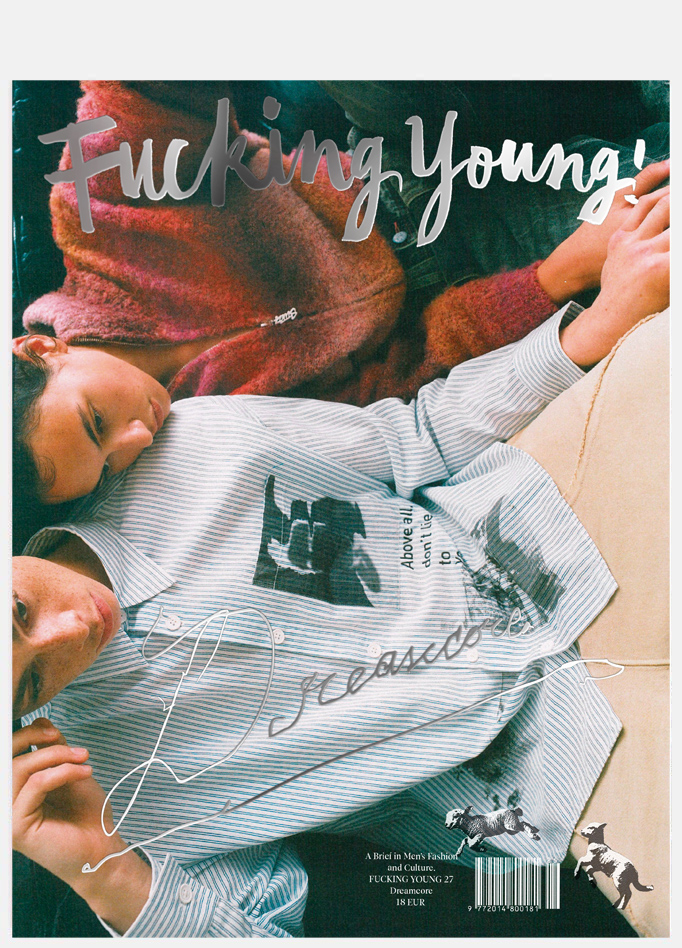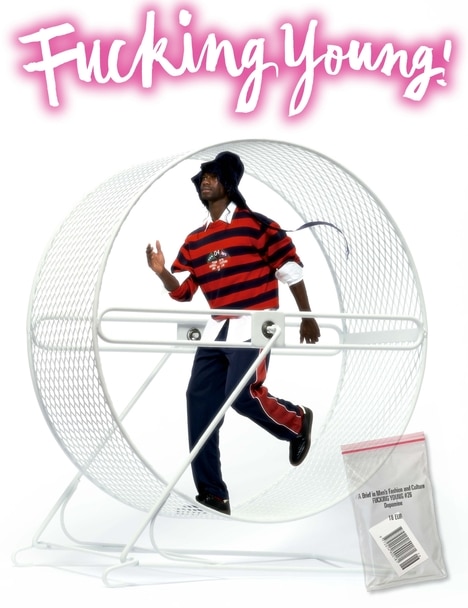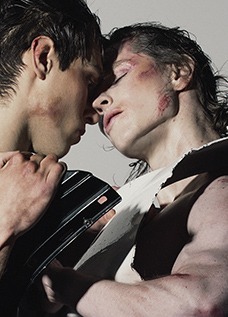Yerevan Fashion Week is a child. It has only celebrated three birthdays. But in its short life, it has learned to walk with a surprising firmness. It is no longer a project. It’s a meeting point that has understood that to be international, you must first have a strong, local soul.

The scale of the third edition was impressive: over twenty runway shows, a curated exhibition of more than sixty brands, and a program that extended across the city, including a special presentation at the National Gallery of Armenia. The presence of international media confirmed that the world is watching. YFW’s explicit goal to put Armenian fashion on the global map is being realized, and its effect extends beyond the runway, actively boosting cultural tourism and building Yerevan’s profile as an appealing destination.
As someone who often focuses on menswear, I noted that this is still a developing frontier for YFW. The schedule was predominantly womenswear, yet within that space, a handful of designers presented collections that caught my eye:
AZAMAT SOMATOV arrived from Uzbekistan with a lesson in silence. His “Legacy of Elegance” collection was a poem written with perfect seams and luxurious fabrics. Wide trousers that moved like soft architecture, jackets that structured the air around the body. An elegance that does not need to announce itself, that is felt in the movement. A delicate embroidery, a secret code of national identity, was the only ornament in a discourse built on purity.
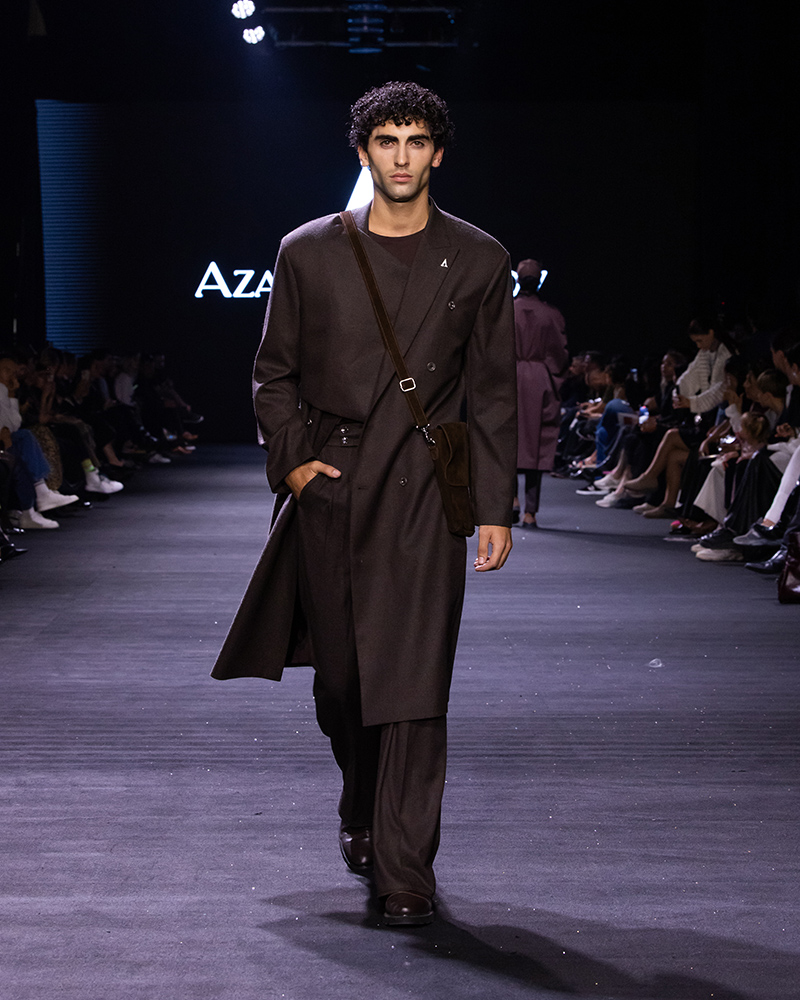
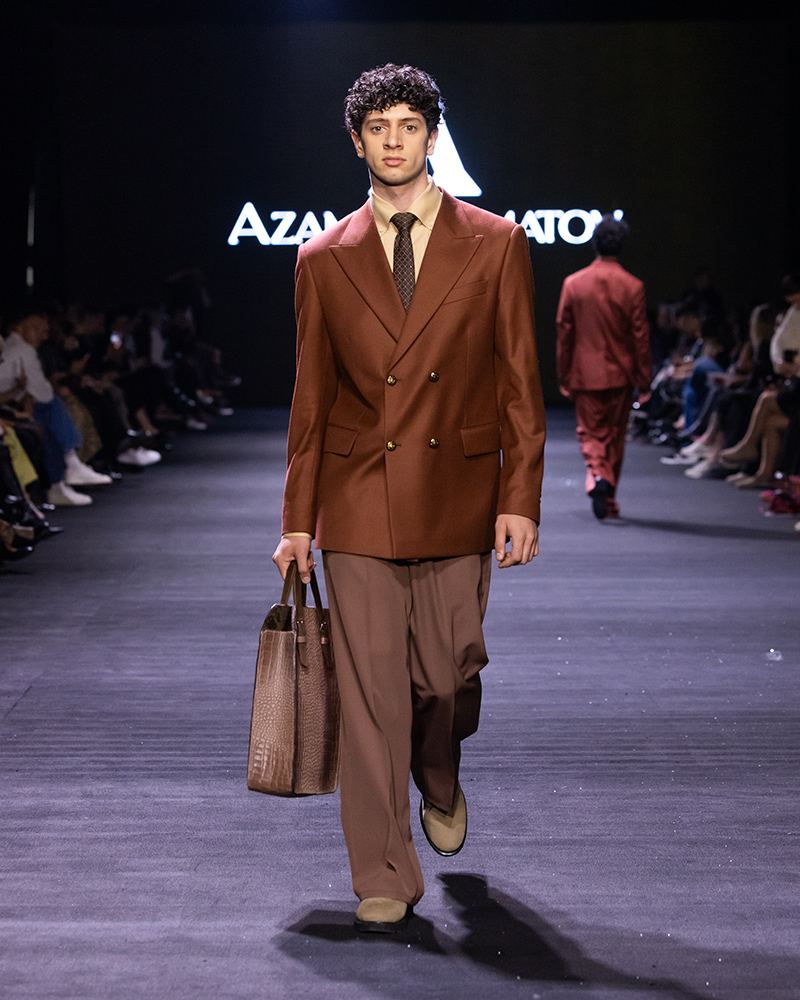

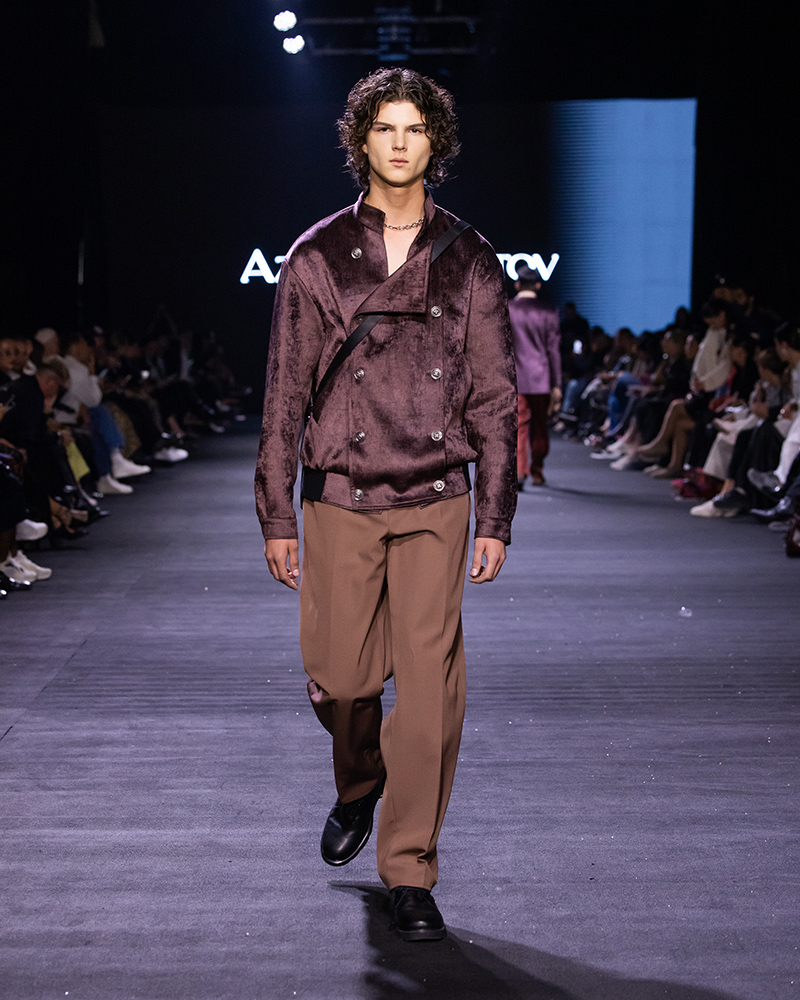
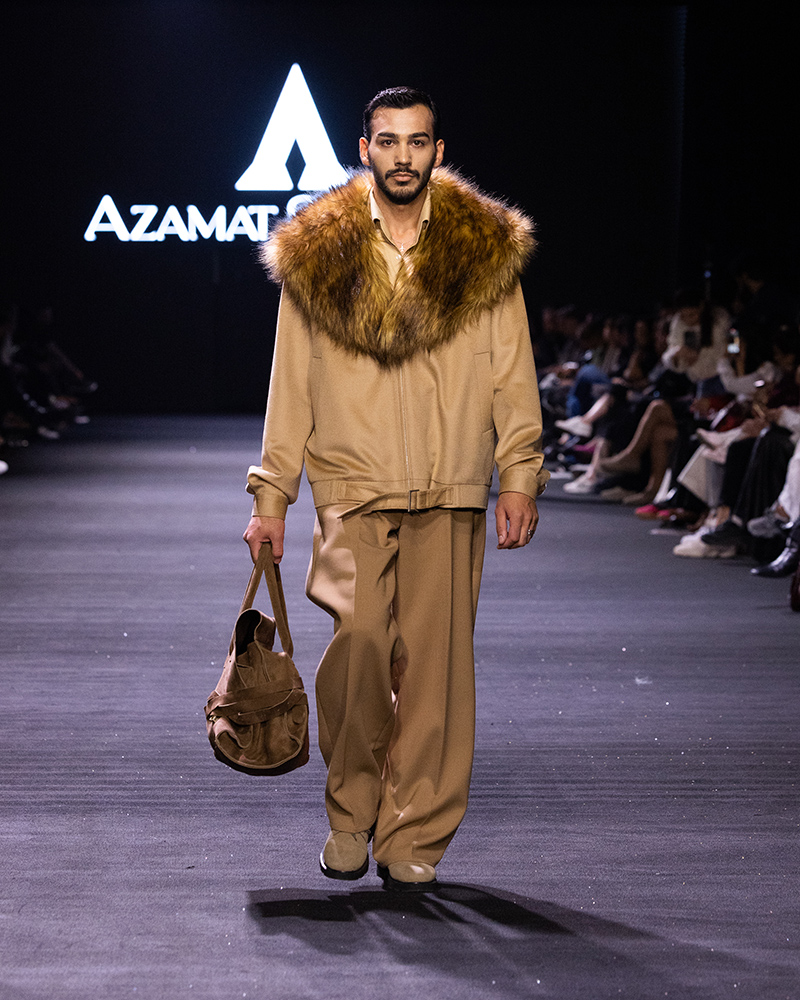

The collaborative presentation by ZHSAKEN & Akmaral presented a different point of view. Designer Saken Zhaksybayev’s work for ZHSAKEN expressed strength through strong shapes and ethnic motifs. The collection engaged in a conversation between tradition and a more avant-garde sensibility, highlighting a unique Kazakhstani perspective that communicates on a global level.

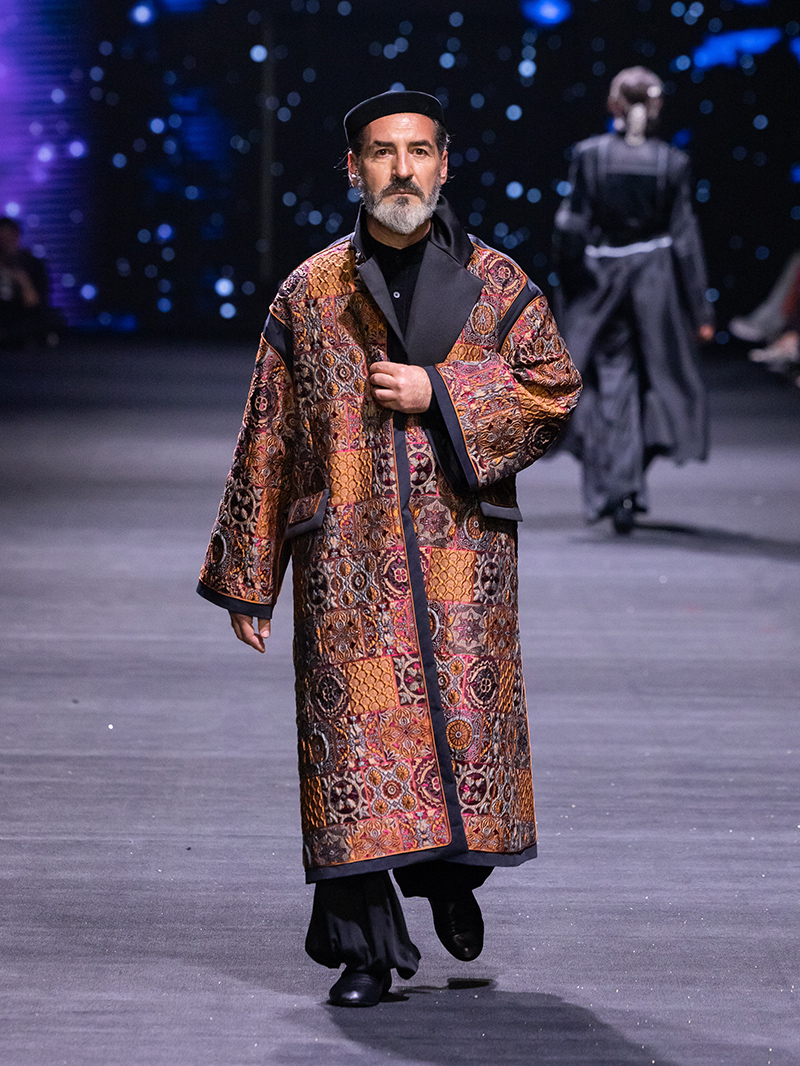

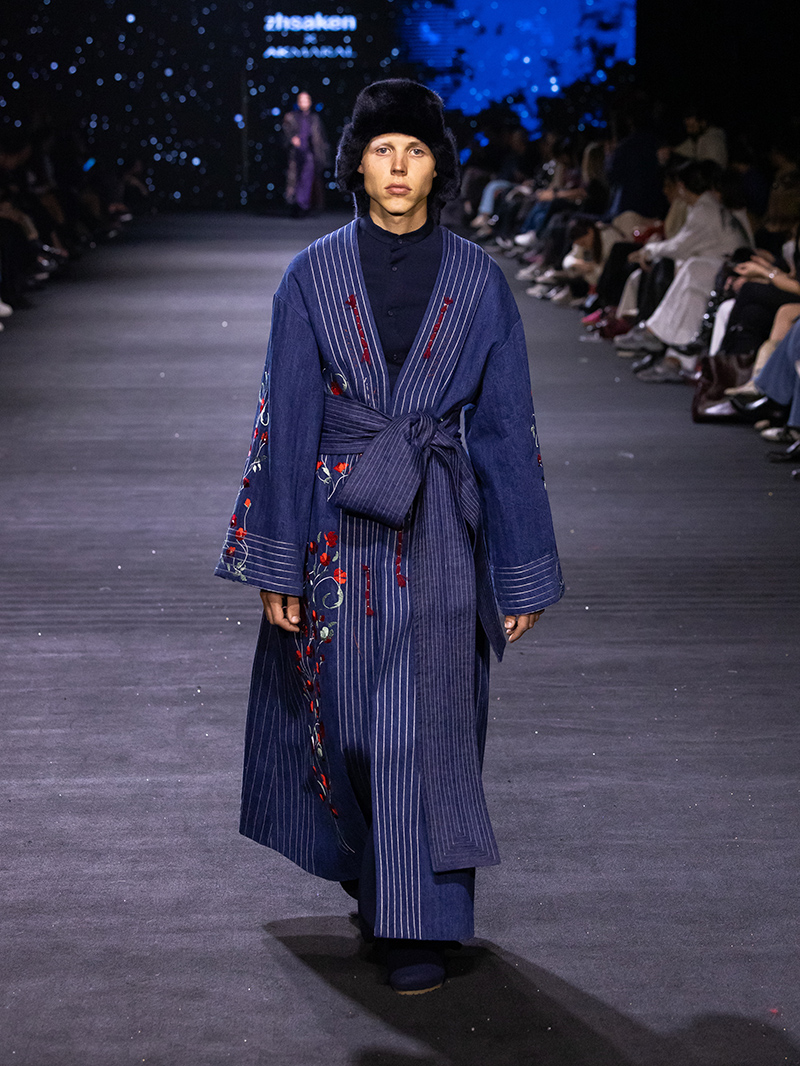
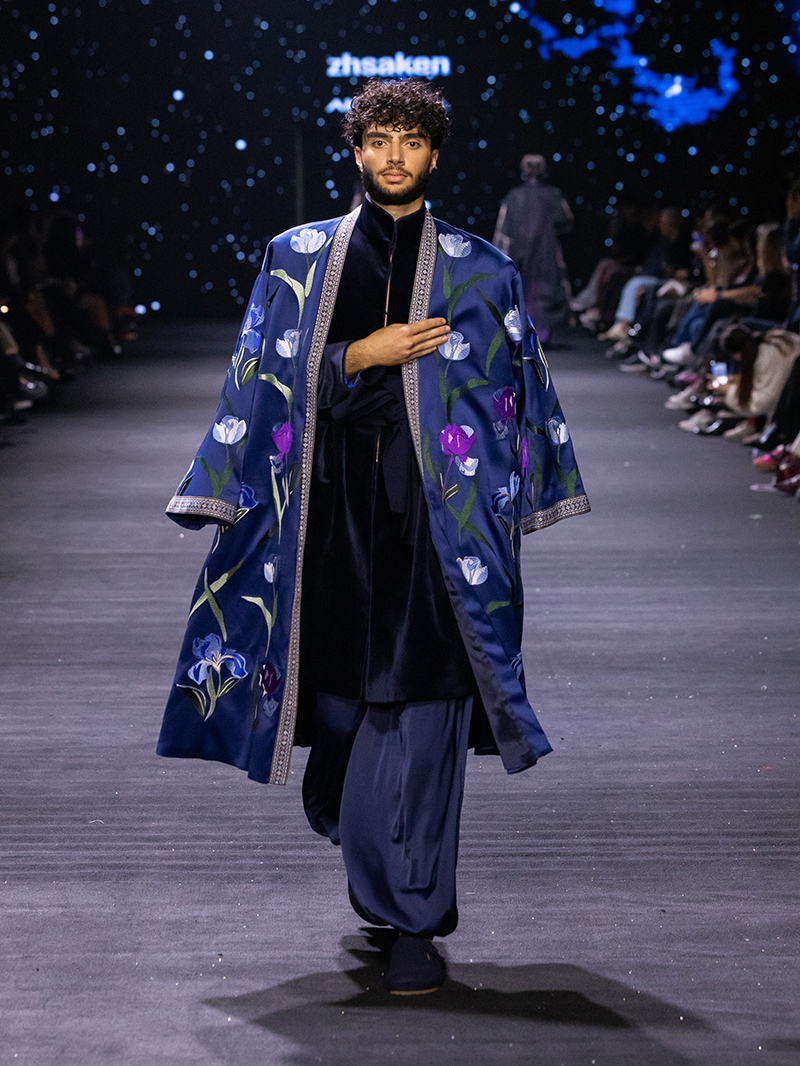
A profound connection to place defined the work of MANUK ALEKSANYAN. His collection, “Our Land. Our Home. Our Future,” was a dedicated tribute to the Earth. Armenian elements were integrated into the designs, with each piece serving as a symbol of respect for nature. This was fashion as a form of care, where aesthetic appeal and a message of responsibility coexist.
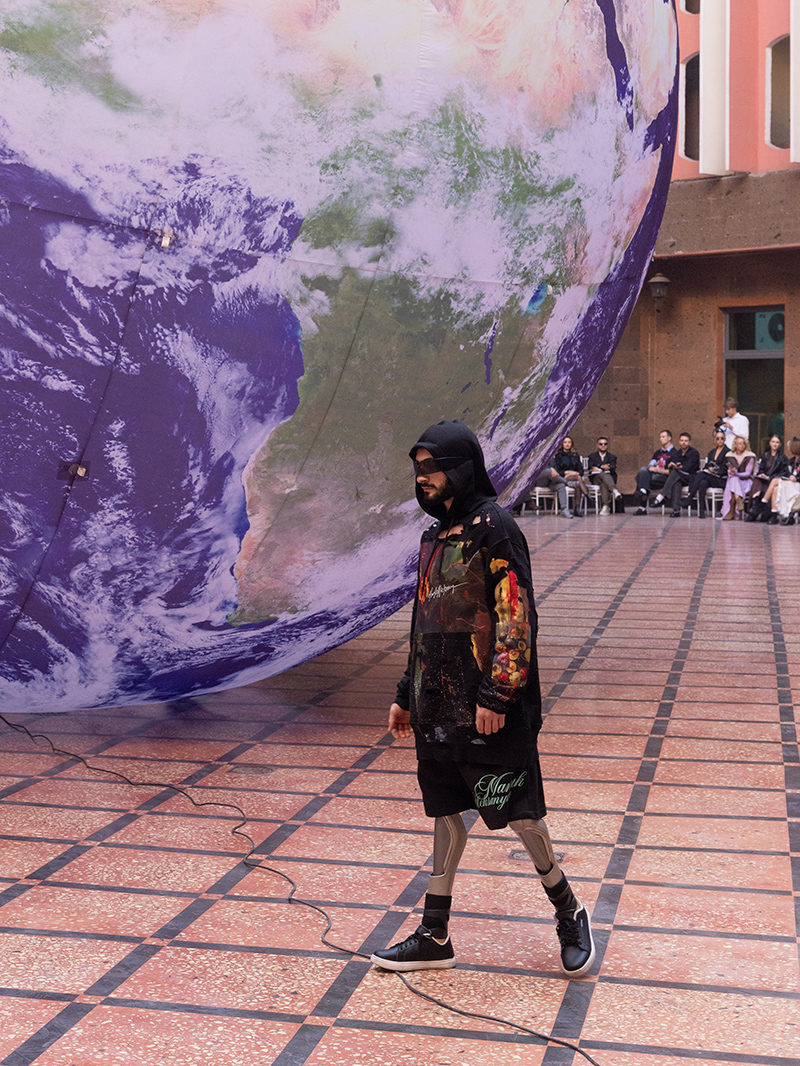

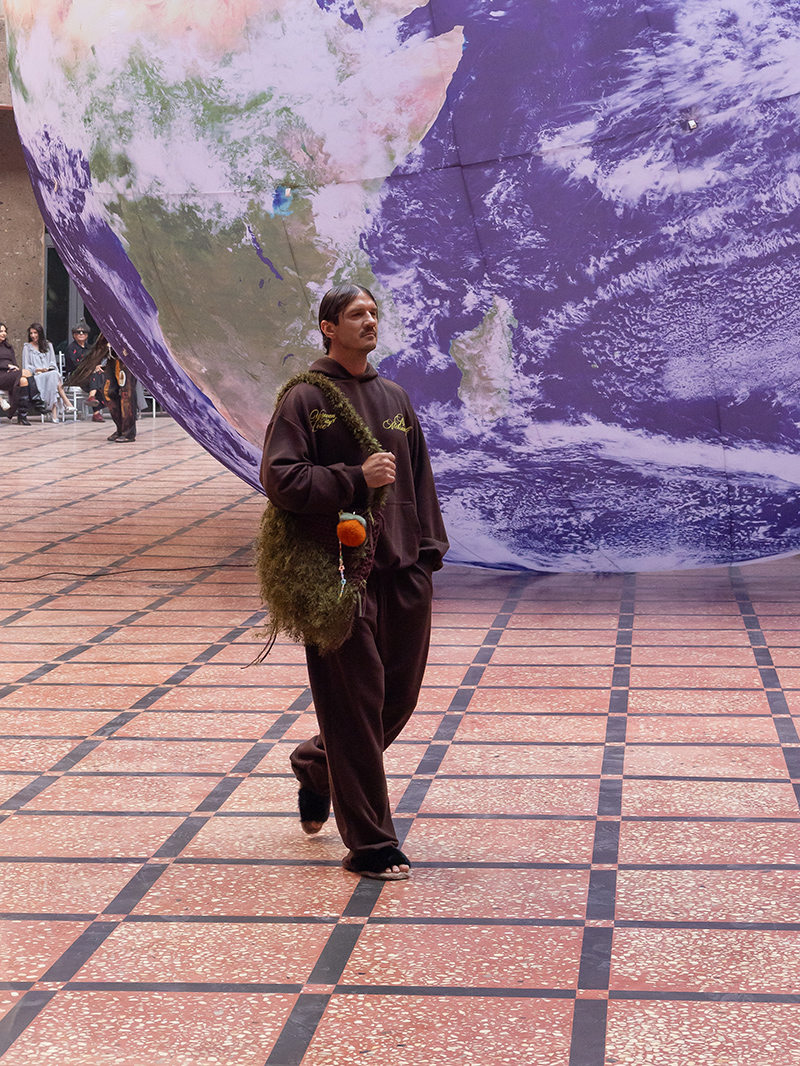

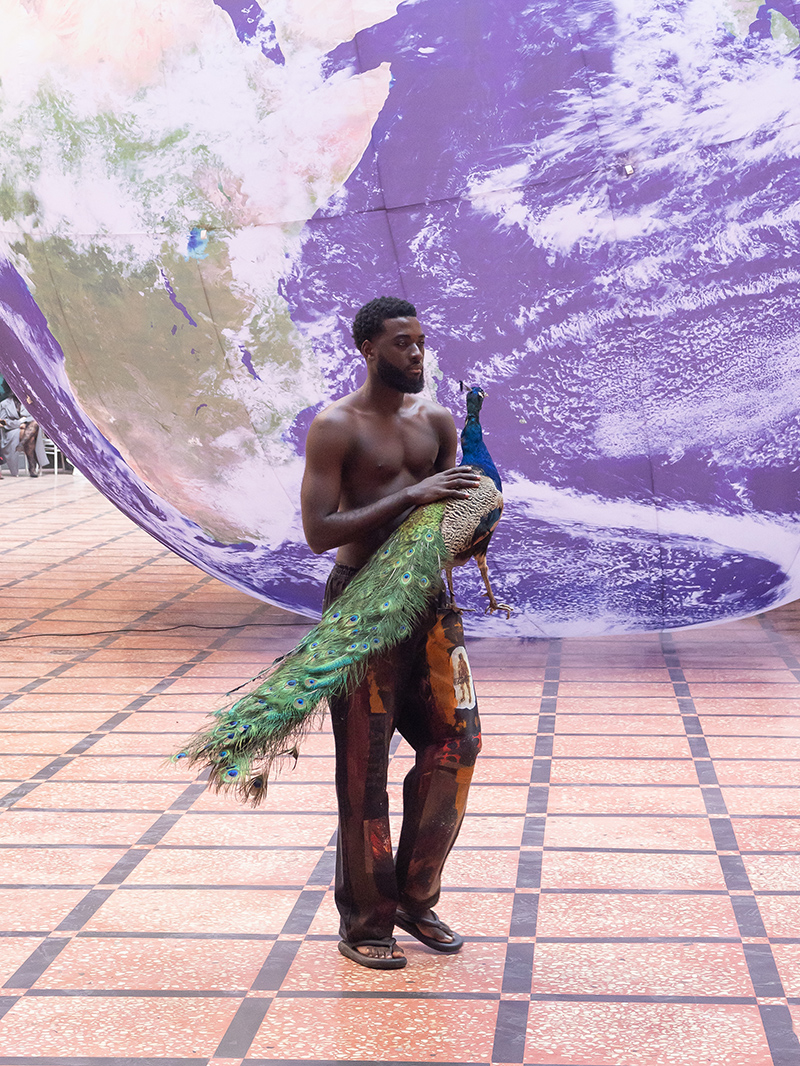
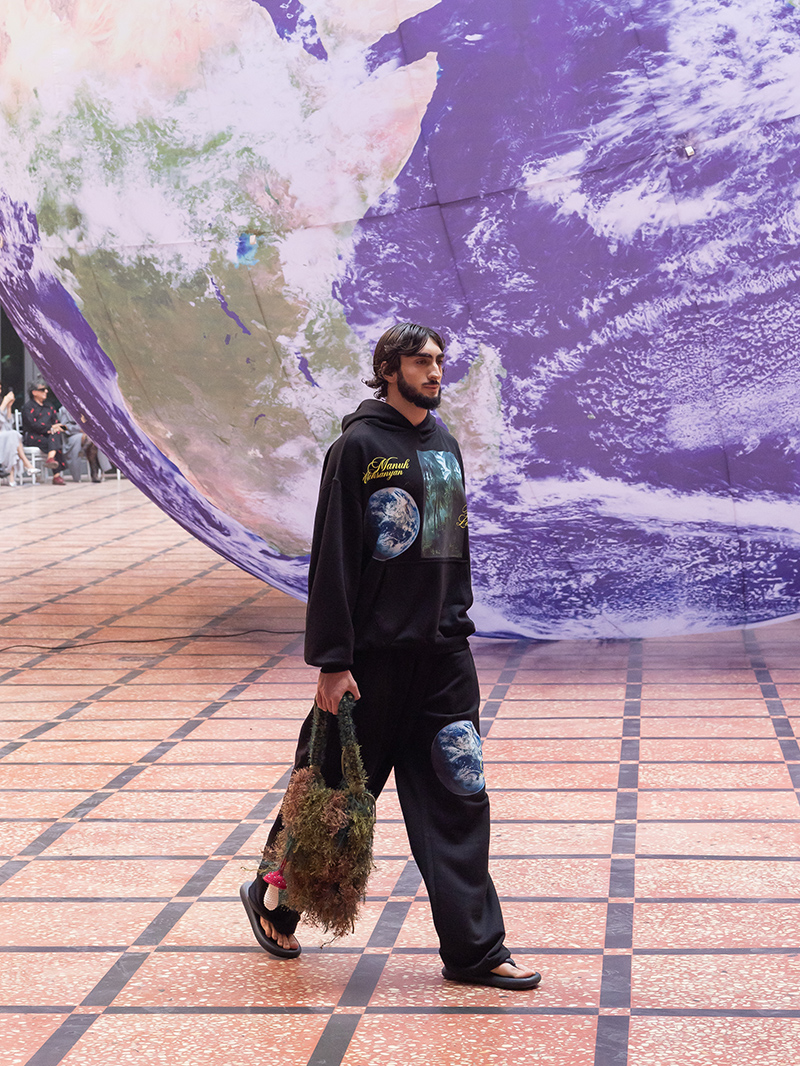
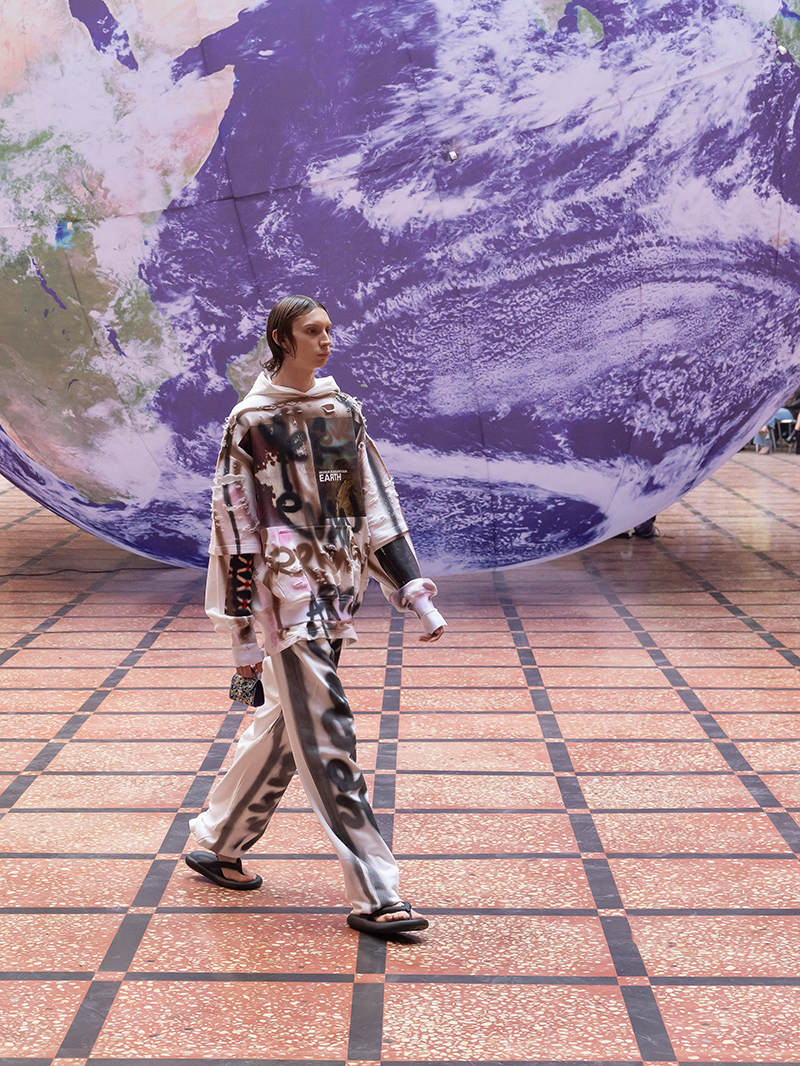
Vahan Khachatryan presented his collection, “Childhood Memories,” not on a physical runway, but through a digital dreamscape using artificial intelligence. The result was an exploration of the intimate world of growing up, where the textures of vintage cotton pajamas and prints from old packaging were fragments of a lived life. The familiar warmth of a Soviet-era kitchen, the gentle tones of a childhood afternoon, all reimagined through the lens of AI.

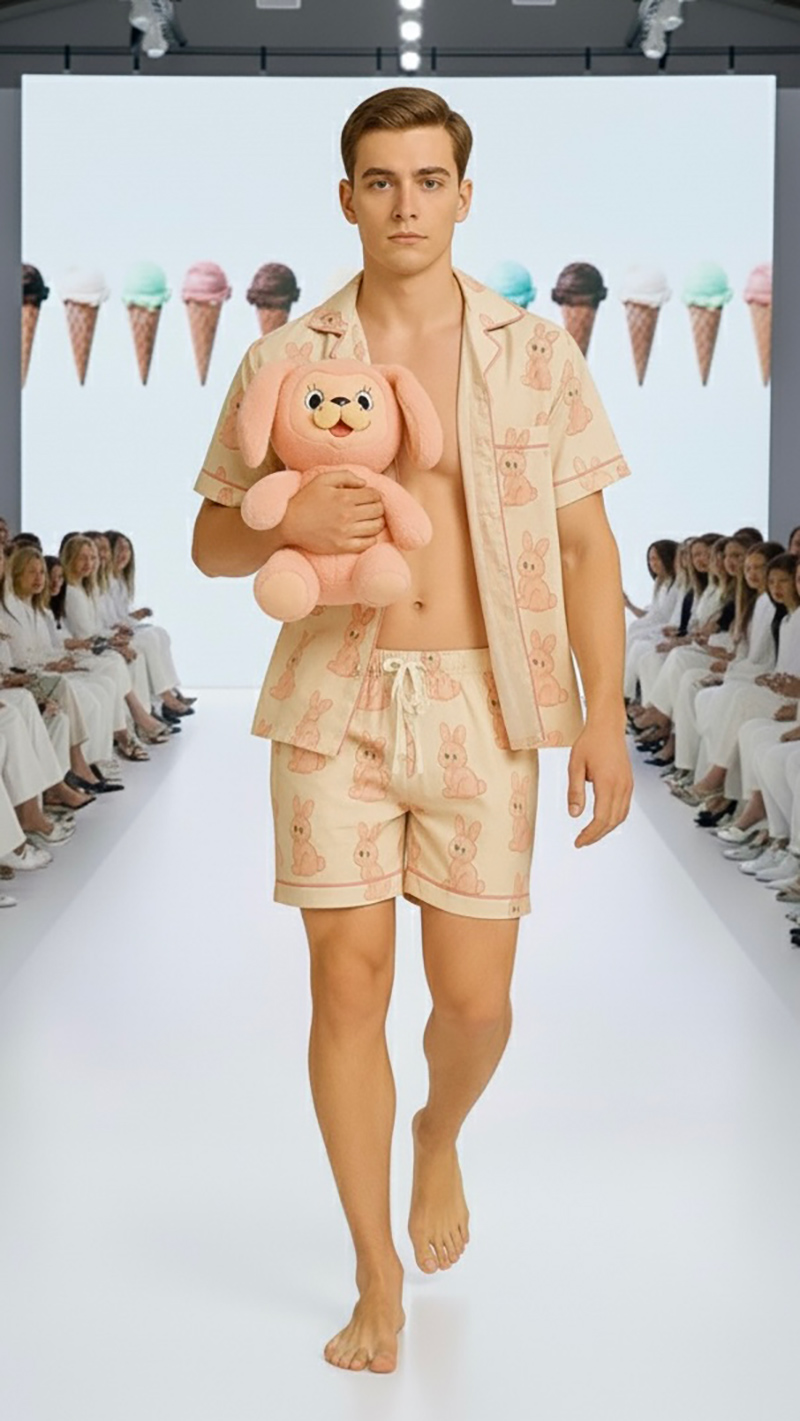


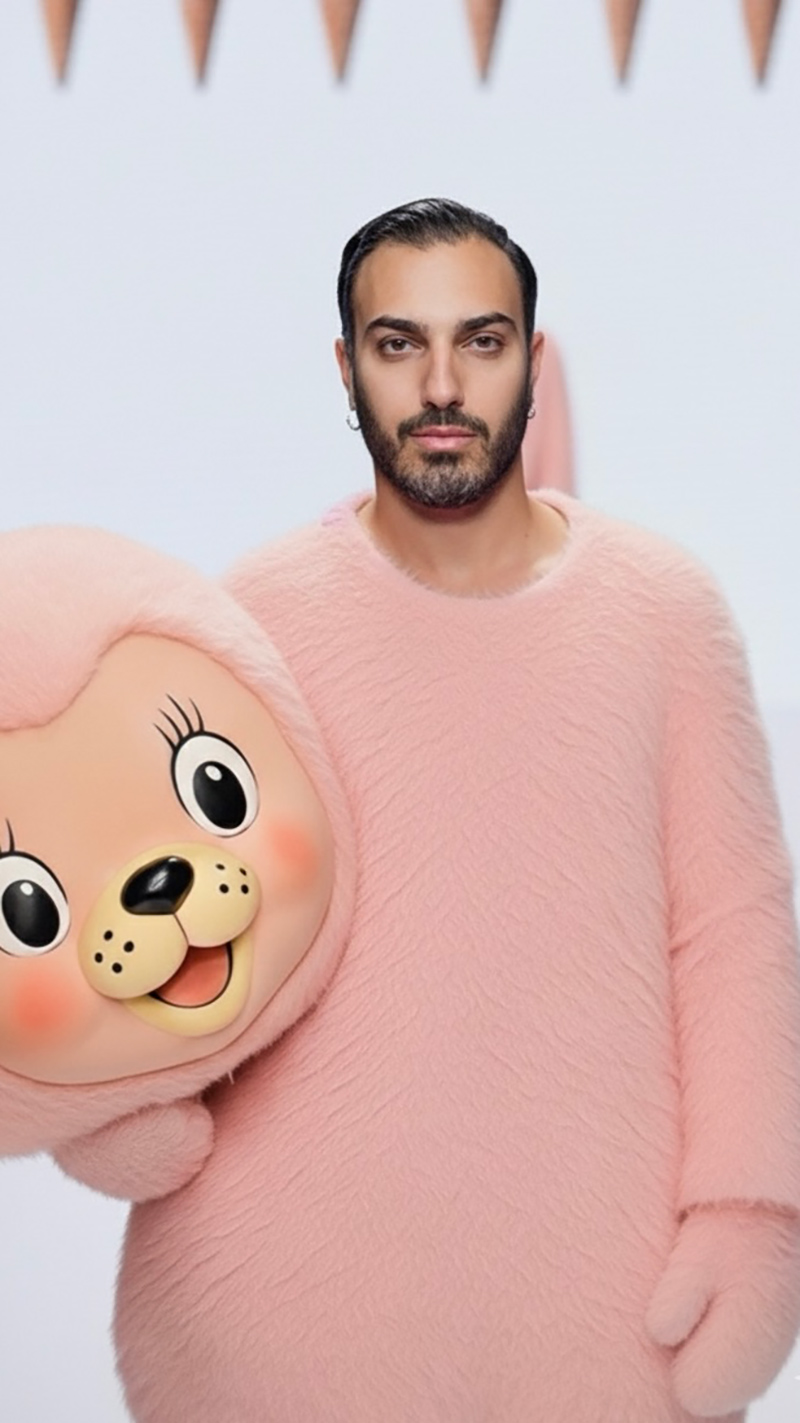
And then, the color. In Yerevan, I found a brand that seems to work with pure light: THEMIS. Its founder, Nelly, left the law for fashion. And you can feel it. Her clothes are an exercise in freedom, a call to show “the true colors of your soul.” The result is clothing that provides a unique avenue for self-expression, accepting the individuality of every person.
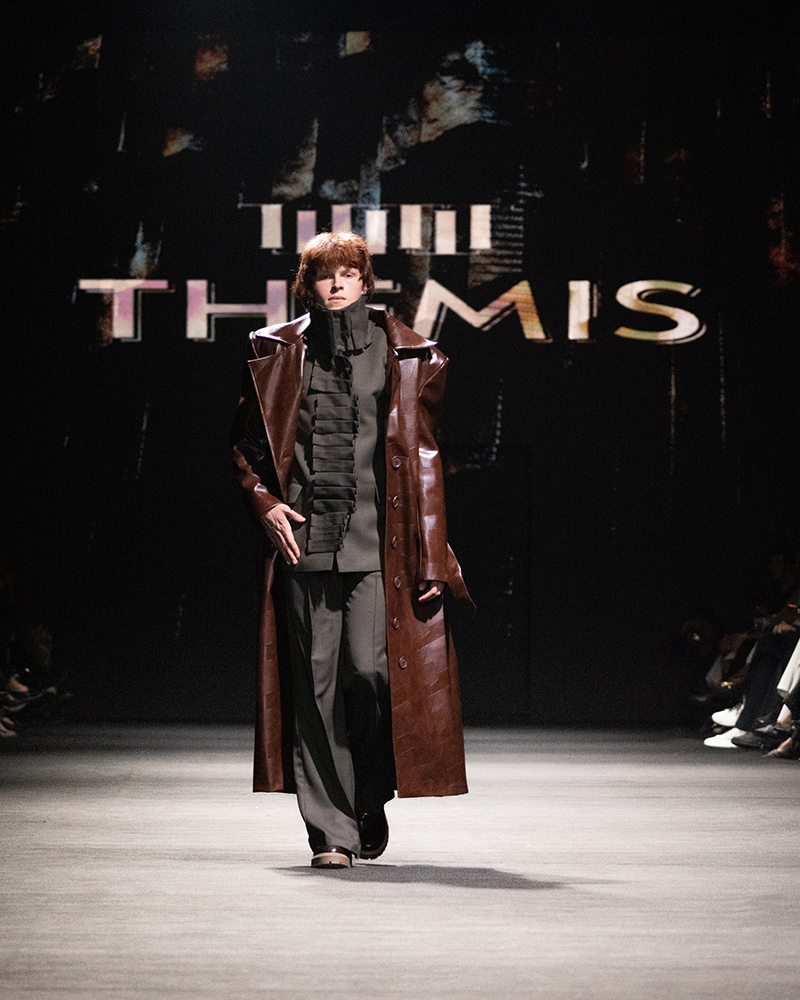

Leaving Yerevan, I was struck by the sense of potential fulfilled and potential still unfolding. Yerevan Fashion Week has achieved a staggering amount in just three years. It has built a robust platform that nurtures homegrown talent while attracting exciting regional voices. It has demonstrated that Yerevan is ready for the world stage. And for those of us watching, it has become an unmissable event where the future of fashion in this part of the world is being written.
